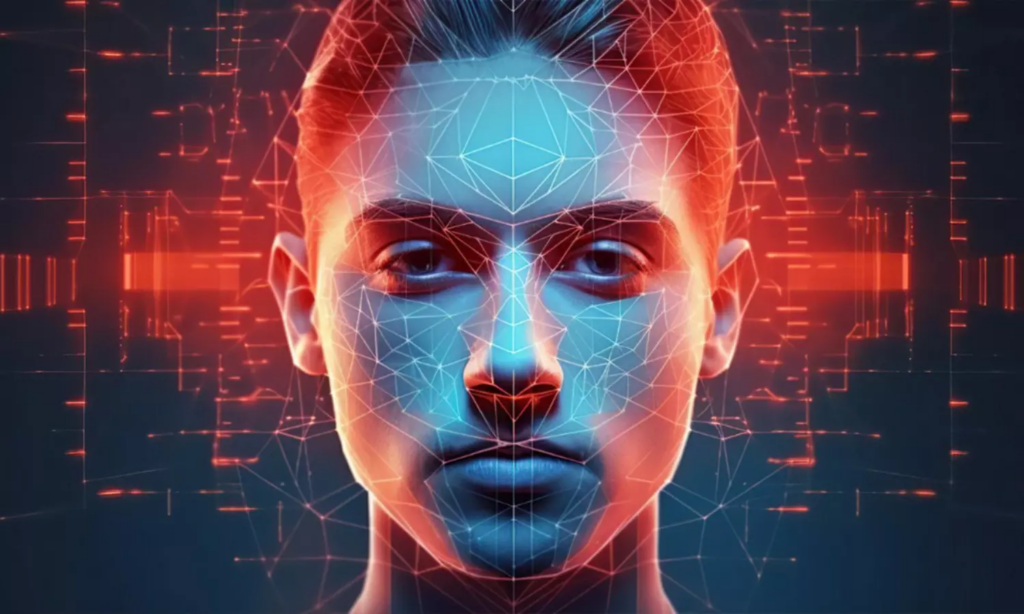
Deepfakes, a technology that uses artificial intelligence to create hyper-realistic fake videos and images, have rapidly evolved from a niche innovation to a mainstream phenomenon. By manipulating audio and visual data, deepfakes can make it appear as though someone is saying or doing something they never did. This capability presents both profound opportunities and significant risks. In this article, we will explore the transformative power of deepfakes, understand the potential dangers, and discover the opportunities that lie ahead.
The Technology Behind Deepfakes
Deepfakes leverage deep learning, a subset of machine learning, to create realistic simulations. The most common method involves Generative Adversarial Networks (GANs), which consist of two neural networks: the generator and the discriminator. The generator creates fake images or videos, while the discriminator evaluates their authenticity. Through continuous iterations, the generator improves its output until the fakes are nearly indistinguishable from real content.
The Transformative Potential of Deepfakes
Deepfakes have a wide range of applications across various industries:
- Entertainment and Media: Deepfakes can revolutionize the entertainment industry by enabling realistic CGI effects and bringing deceased actors back to life on screen. For instance, actors’ faces can be seamlessly aged or de-aged, allowing for more versatile storytelling. In media, deepfakes can be used for satire or to create new forms of digital art.
- Education and Training: In education, deepfakes can create immersive learning experiences. Imagine historical figures delivering lectures or conducting interactive sessions. Similarly, in professional training, realistic simulations can enhance the learning process, from medical procedures to pilot training.
- Marketing and Advertising: Personalized advertising can reach new heights with deepfakes. Brands can create customized messages featuring celebrities or influencers, tailored to individual preferences and demographics, thus increasing engagement and conversion rates.
- Healthcare: Deepfakes have potential applications in telemedicine, where realistic avatars can simulate doctor-patient interactions, providing remote consultations that feel personal and engaging. This technology can also assist in reconstructive surgery planning and psychological therapy through realistic virtual environments.
Understanding the Risks
Despite their potential, deepfakes pose several risks that need to be addressed:
- Misinformation and Disinformation: One of the most pressing concerns is the use of deepfakes to spread false information. Political figures can be depicted making inflammatory statements or engaging in illicit activities, which can influence public opinion and disrupt democratic processes.
- Privacy and Consent: Deepfakes can be used to create non-consensual explicit content, often targeting celebrities or private individuals. This not only invades privacy but can also cause significant psychological harm and reputational damage.
- Fraud and Identity Theft: Cybercriminals can use deepfakes to impersonate individuals for fraudulent activities, such as bypassing facial recognition security systems or conducting financial scams. This poses a significant threat to personal and corporate security.
- Erosion of Trust: As deepfakes become more sophisticated, distinguishing between real and fake content becomes increasingly difficult. This erosion of trust can impact media credibility, judicial processes, and interpersonal relationships.
Addressing the Challenges
To harness the benefits of deepfakes while mitigating their risks, several strategies can be employed:
- Technological Solutions: Developing advanced detection algorithms is crucial. Machine learning models that can identify inconsistencies and artifacts in deepfake videos are being refined. Additionally, watermarking and blockchain technology can be used to verify the authenticity of digital content.
- Regulation and Policy: Governments and international bodies need to establish clear regulations regarding the creation and distribution of deepfakes. Policies should balance innovation with privacy protection, ensuring that deepfake technology is used ethically and responsibly.
- Public Awareness and Education: Educating the public about deepfakes is essential. People should be aware of the existence and capabilities of deepfakes, as well as the potential risks. Media literacy programs can help individuals critically evaluate the content they encounter online.
- Industry Collaboration: Collaboration between technology companies, media organizations, and academic institutions can foster the development of ethical standards and best practices for deepfake technology. Sharing knowledge and resources can accelerate the creation of effective solutions.
Discovering Opportunities
Despite the risks, deepfakes offer numerous opportunities that can be harnessed responsibly:
Deepfakes represent a double-edged sword in the realm of digital technology. Their transformative power holds immense potential across various sectors, from entertainment and education to marketing and healthcare. However, the risks they pose, including misinformation, privacy invasion, and fraud, cannot be ignored.
By investing in detection technologies, establishing robust regulations, promoting public awareness, and fostering industry collaboration, we can navigate the challenges posed by deepfakes. With responsible use and ethical considerations, deepfakes can become a powerful tool that enhances creativity, improves customer experience, and bridges cultural divides.
As we move forward, it is essential to strike a balance between innovation and security, ensuring that the benefits of deepfakes are realized while safeguarding against their misuse. The future of deepfakes is bright, but it requires careful navigation to unlock its full potential.